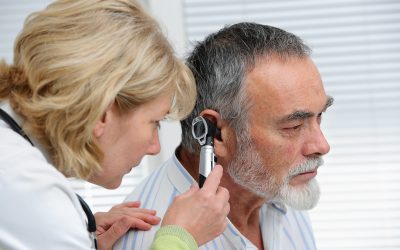A gastroenterologist will use a procedure called an upper endoscopy to examine the upper digestive system. The device that is used is a long, flexible tube on the end of which is a camera and light source. The upper digestive system consists of the esophagus, the stomach, and the beginning of the small intestine. The procedure can be done in the doctor’s office or as an outpatient procedure in a hospital.
Why Is an Upper Endoscopy Done?
This procedure is used to diagnose any potential problems with the upper digestive system. The doctor can use the procedure to determine what it is that is causing digestion symptoms and signs. These include nausea, vomiting, difficulties in swallowing, and abdominal pain.
The doctor can use an endoscope to collect tissue samples. The samples can be tested for evidence of disease as well as conditions such as inflammation, bleeding, or cancer.
The doctor can also treat certain problems. He or she can pass tools through the core of the endoscope to remove polyps or cauterize a bleeding vessel.
An upper endoscopy is extremely safe; rarely would there be any complications.
Preparing for the Examination
You will be given instructions by the doctor on how to prepare for the procedure. Your doctor may ask that you do not take any food or fluid for eight hours. This ensures the stomach is empty.
If you take prescription blood thinners, the doctor will ask that you stop taking them in the days before the endoscopy. This is strictly a precaution in the event tissue samples are taken.
The procedure is very straightforward. You will lie on your back or side. BP, breathing, and heart rate monitors will be attached. You may be given a sedative to help you relax while the doctor is performing the procedure. The endoscope does not impair breathing, but you can’t talk while it is inserted down the throat. Visit Kedia for more information.








